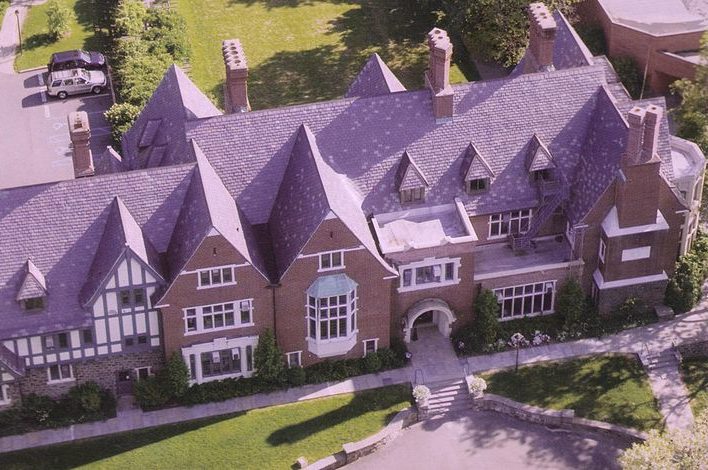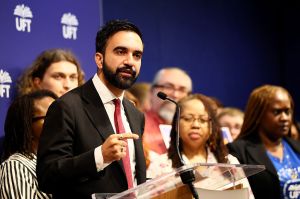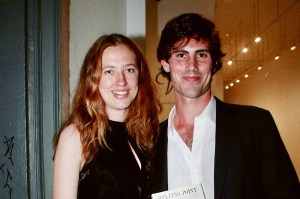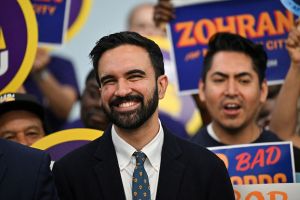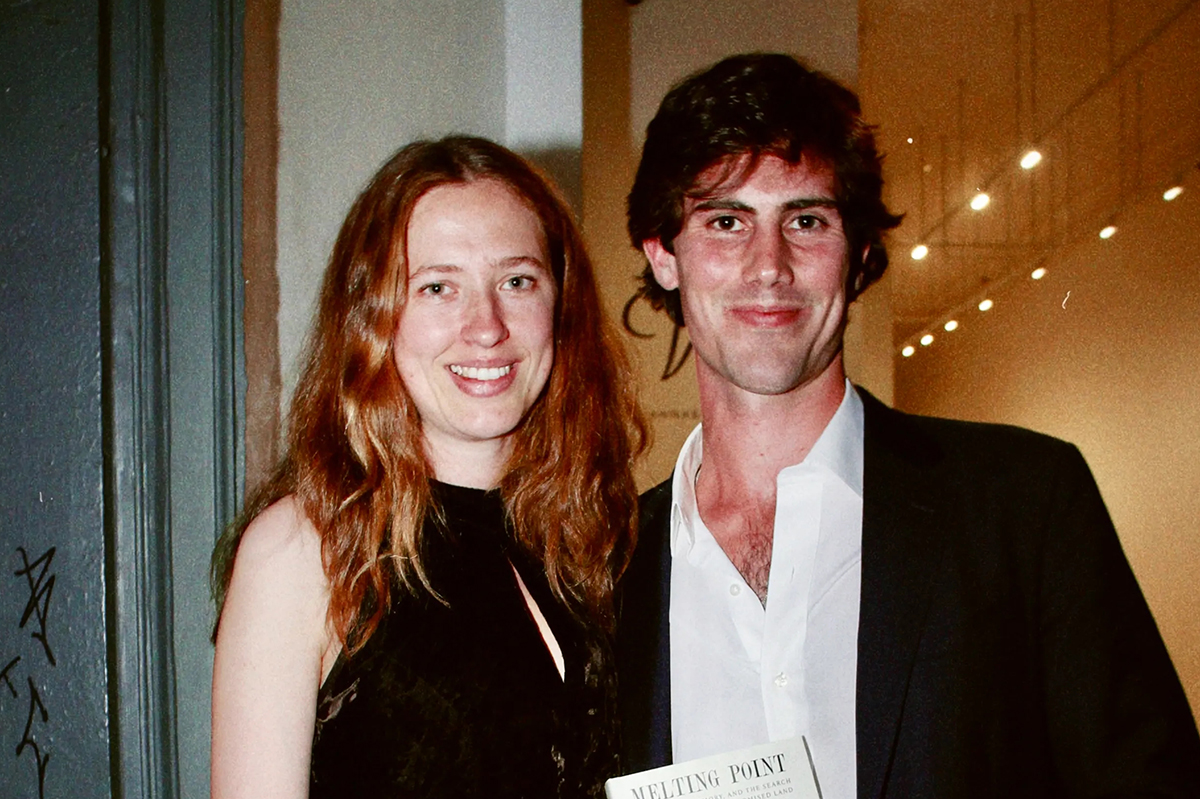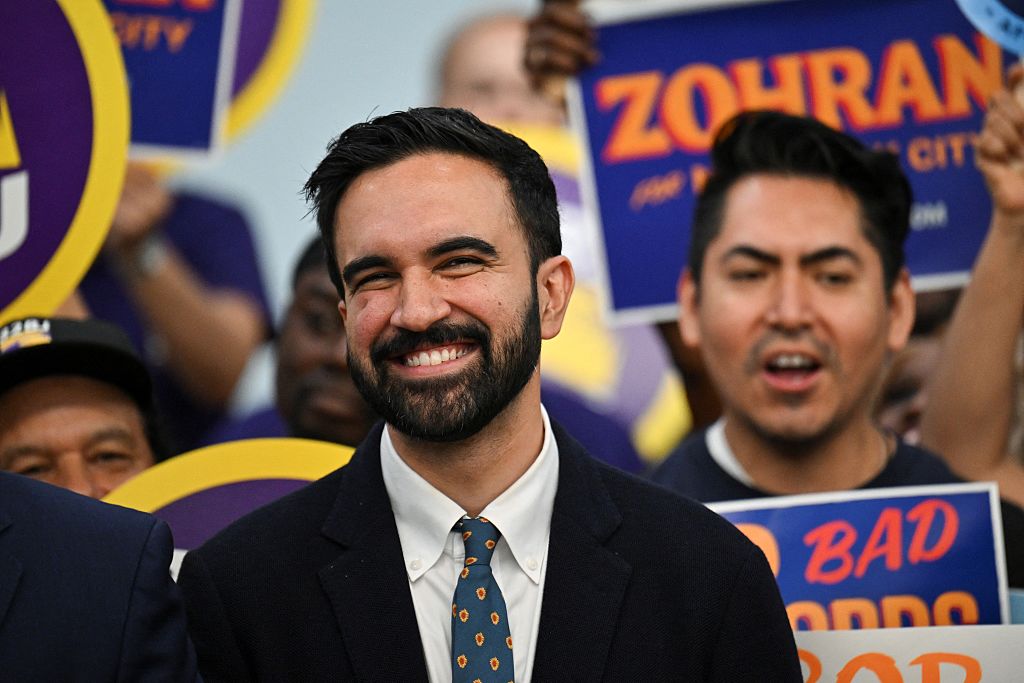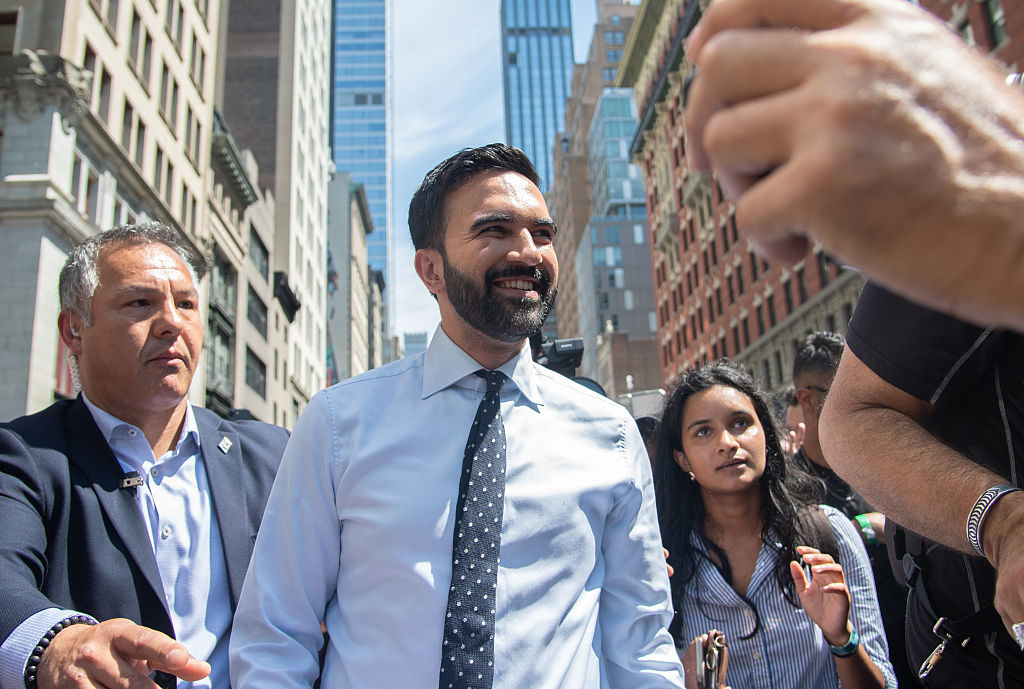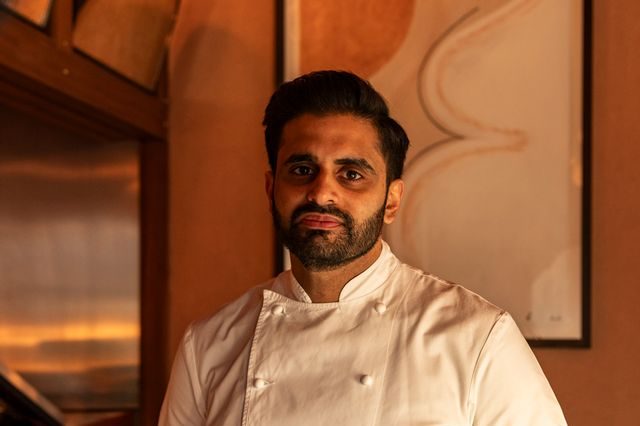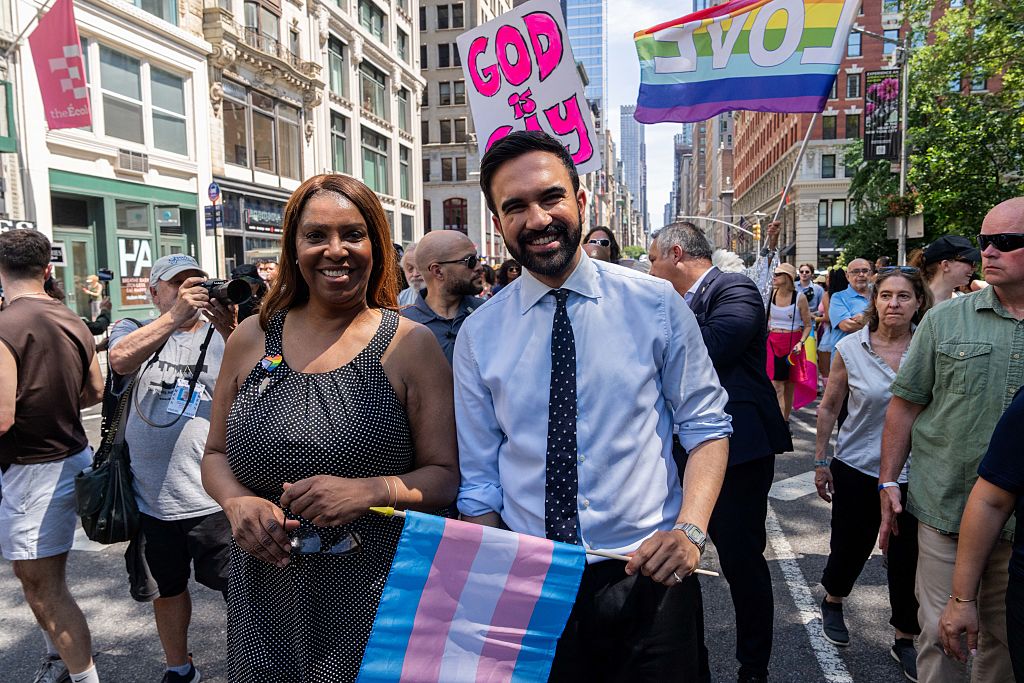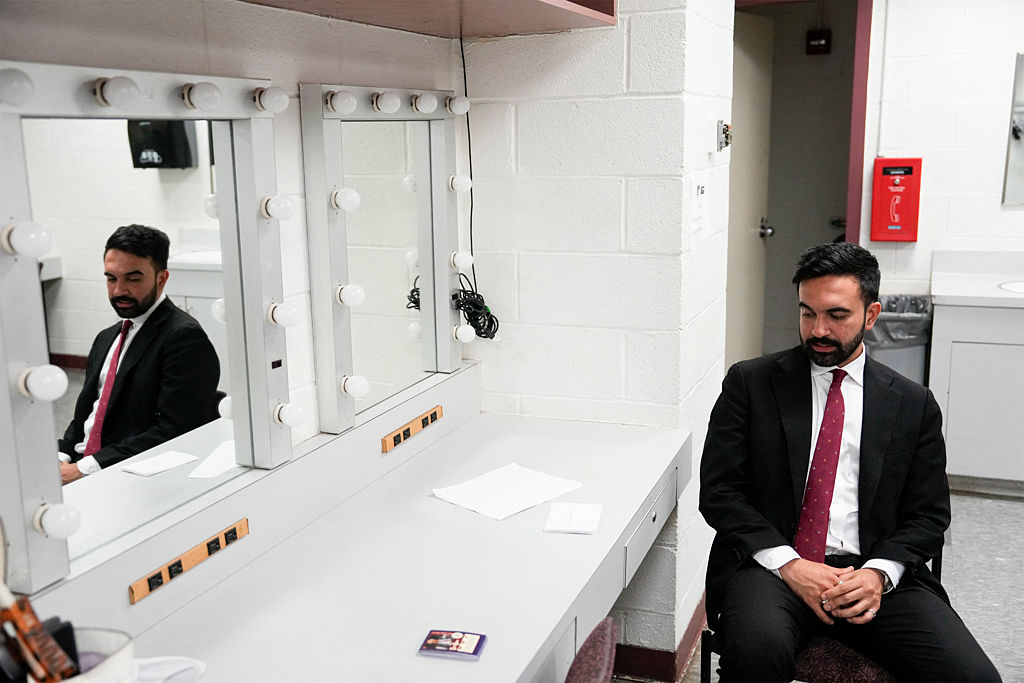Last year, a progressive student mob came for my job and the faculty and administrators of Sarah Lawrence College did not support me. This week, a student mob again encircled my office — this time because they craved viewpoint diversity.
The media portrays America’s students as overwhelmingly ‘woke’ activists obsessed with social justice protests. In reality, Gen Z college students look far more positive. America’s students are intellectually curious, and they want more from college, than is offered by the progressive monoculture encouraged by some professors and many administrators.
After my 2018 op-ed documenting the liberal imbalance of our college administrators and calling for more viewpoint diversity on college campuses, a group of anonymous students, the Diaspora Coalition, took over a building at Sarah Lawrence. They demanded I apologize for my op-ed’s purported harm to the community, and that my tenured-professorship be ‘put up to tenure review to a panel of the Diaspora Coalition and at least three faculty members of color’.
I never issued any form of apology for my research, my data or for raising valid and real concerns about the lack of viewpoint diversity at Sarah Lawrence and on college campuses generally. I did, however, want to better understand the political outlook of students, to see if this ‘coalition’ was typical. It turns out that most students are nothing like this group.
My research shows that the vast majority students are not interested in learning how to be social activists. Under 10 percent of incoming students think that they will participate in protests or demonstrations. Instead, they prefer various forms of community service. Further, survey data demonstrates that incoming students are not ideologically monolithic. Just 6 percent identify as ‘far-right’ or ‘far-left’. The majority of students are ideologically middle-of-the-road and centrist. Extreme they are not.
Large numbers of students regularly state that they cannot freely express unpopular opinions. But in a recent survey, over two-thirds of students agree with the idea that ‘dissent is a critical component of the political process’. A similar number of incoming students believe they possess ‘openness to having [their] own views challenged’ and an ‘ability to discuss and negotiate controversial issue’. Overall, this suggests that students not only know that there is a problem with the progressive, ‘harm’ narratives that now pervade the campus. The students also want to empathize with and understand others.
These empirical findings about moderation and openness to ideas translated into real world behavior at Sarah Lawrence this week. Despite the incidents at Sarah Lawrence regarding my writings about intellectual diversity, almost 10 percent of the student body visited me in our 48-hour ‘shopping period’, asking about how to register for my upcoming course on the 2020 election.
The course, which is open to the entire school with no pre-requisites, is designed to tackle big questions about the sociopolitical state of the nation, and ask how various narratives will play out in the upcoming election cycle. The readings are deliberately designed to bring in contrasting ideas and world views from a range of scholars and commentators, from J.D. Vance and Sarah Smarsh to Charles Murray and Arlie Russell Hochschild, as well as Tim Carney, Thomas Frank, Jose Antonio Vargas and Thomas Chatterton Williams.
In each information session, the room was mobbed. Students filled the chairs. They sat on the floor five rows deep. They spilled out into the hallway. This happened in each session for two full days.
The students weren’t worried about last year’s progressive horde, or how they would be viewed for taking a class with me. In fact, many students directly addressed the question of viewpoint diversity head-on in emails and statements to me, such as: ‘I want this class because I don’t want to be told what and how to think’, and ‘I know there is more to the story, I want to see both sides of the political world.’
In addition to social science students, I had aspiring dancers, artists and poets come by. Almost all shared in a variation on the refrain, ‘I want to make sure I’m educated on both sides of the political spectrum especially in our current situation.’
I responded by telling the students that politics is more complicated than a binary choice, and that I looked forward to exploring this with them. The fact is, students wanted to learn from a multiplicity of authors and be exposed to more than one narrow leftist view. This response reflects the openness of Gen Z. Their hearts and minds are still up for grabs. Their openness presents a direct challenge to the extreme liberalism and progressivism of administrators and many faculty.
This new ‘mob’ gives me hope for higher education. The young people at Sarah Lawrence and elsewhere know that something is wrong and that a correction is absolutely necessary. Students have successfully demanded and compelled change in past eras, and I hope they demand intellectual and ideological balance more often now and in the future. Given their interest in hearing from all sides, it appears that they are poised once again to shift our colleges and universities in the right direction.



